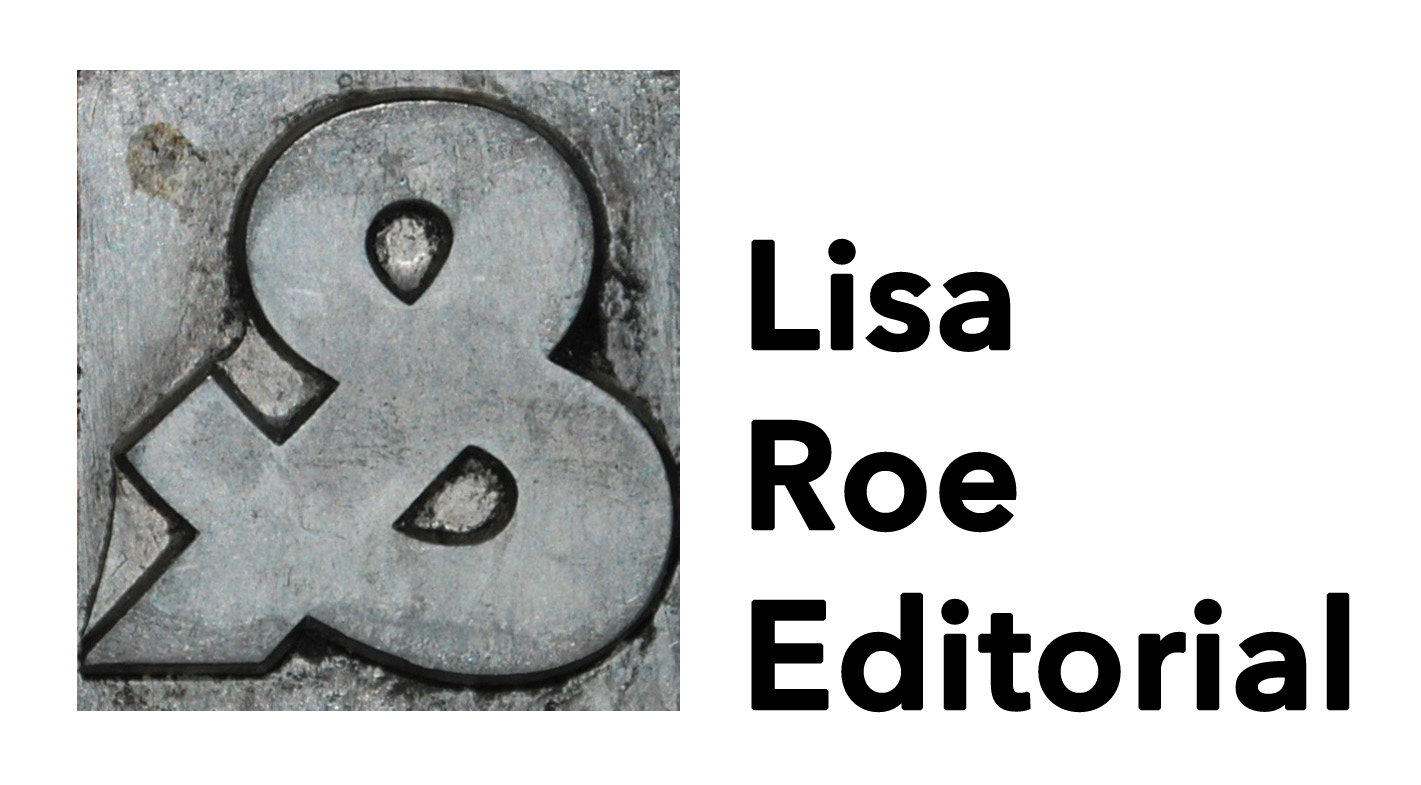How to Keep Austin Arty
/LBJ Library Future Forum: Austin’s Creative Class, Affordability and Creative Ecosystem. Photo: Jay Godwin, LBJ Library
Is Austin too far gone?
When it comes to making sure our artists, musicians and actors can afford to live here, that’s a real worry.
Austin’s rising cost of life is hitting the people who make this a city where any night of the week you can find a band worth listening to or a performance worth seeing. We have a creative and vibrant town, but more and more creative people are leaving. They can’t pay the rent. The arts groups that employ them are losing their venues as redevelopment marches on. We have a problem.
Last night I listened to a panel of local arts leaders talk about how we can turn that around, or at least put up some buffers. The LBJ Library Future Forum discussion included John Riedie of Austin Creative Alliance, Frank Rodriguez from the mayor’s office, Jenny Larson of Salvage Vanguard Theater and Shea Little of Big Medium.
Here are some things I heard during the discussion:
- We’ve taken it for granted that Austin is cool and creative, so we’re behind other cities in investing in our cultural ecosystems. Cities such as Denver and Minneapolis began doing that kind of investing 10 years ago, creating cultural districts and subsidizing arts groups. We need to catch up.
- The most pressing issue now is lack of space. We could very well end up with no mid-size black-box theaters like Salvage Vanguard, which recently lost its lease. Artists and performers can’t make money if there are no studios, galleries or theaters. And arts groups can’t pay market rents, especially if they keep their ticket prices low to make them more accessible.
- Austin lacks a solid philanthropic base, and arts nonprofits have not figured out how to work with potential donors in tech and business. Part of the problem is that businesses want brand exposure in exchange for donations, but corporate logos are not exactly “cool.” We need to reframe the conversation from, “What types of marketing/branding things do business donors get?” to saying, "What you get is a cool, exciting city to live in for you and your employees.”
- The city understands that creatives are the “golden goose” and is working on ways to help, including tapping developers and hotel taxes, adjusting building codes for small venues, possibly setting up a “strike fund” for financial support. We can’t place the burden entirely on the city, but we need some government intervention. One example from the past: The city got a bond issue passed to help build Zachary Scott Theater, which leases city land for a nominal fee.
- There’s a perception on the City Council that creatives, especially young people, don’t vote in city elections. (It will be interesting to see whether the Uber/Lyft vote got those folks’ attention, which might drive up turnout.)
- To fight that perception, the entire arts community — music, visual arts, theater, etc. — must do a better job of turning up together at council meetings, public meetings, etc. The creative sector should try to wield the kind of power environmentalists and neighborhood associations do. But we don’t have 10 years to build a movement. We need to act now.
- The main area for small performing and visual arts spaces is East Austin, where we’re seeing gentrification pushing out communities of color. History shows that gentrification tends to start with artists and creatives moving into lower-rent areas, making them cool places that more people want to move to, which pushes up costs. Gentrification in Austin has also been driven by longtime environmental concerns, which caused the city to focus on getting people to move downtown instead of out over the aquifer. The question is, can we have diversity and integration while we focus on protecting arts venues in East Austin?
- We need to move beyond the Old vs. New Austin narrative and focus on making things better, not on how they used to be. Some newer residents feel like they’re seen as the enemy. Being welcoming to new residents and tourists will strengthen the arts community by expanding audiences and gaining political allies, including donors.
- The good news is that Austin is full of creatives who are making quality art. The audiences are turning up. The city is working on solutions. The Arts and Music commissions are working together. The council passed the Austin Music and Creative Omnibus Resolution, which directed the city to come up with proposals for addressing affordability and other issues. The city has responded with a set of proposals. Arts groups such as the Austin Creative Alliance have come up with their proposals. Everyone’s talking. Things seem to be moving forward.
- While we need to keep talking about this issue, we shouldn’t focus so much on the big issues that we lose theaters in the process. It’s truly a watershed moment.
So, what can you do? Buy a ticket. Buy art. Go see a band. Open the Chronicle and find something to do you never thought of before. And show up when we need a show of hands supporting the arts.


